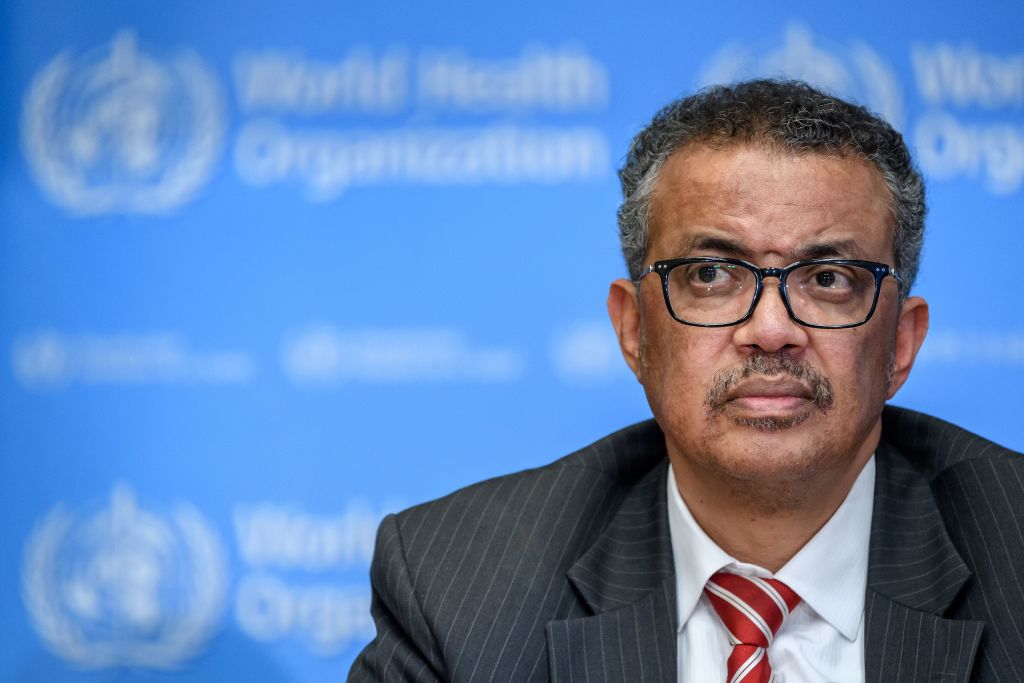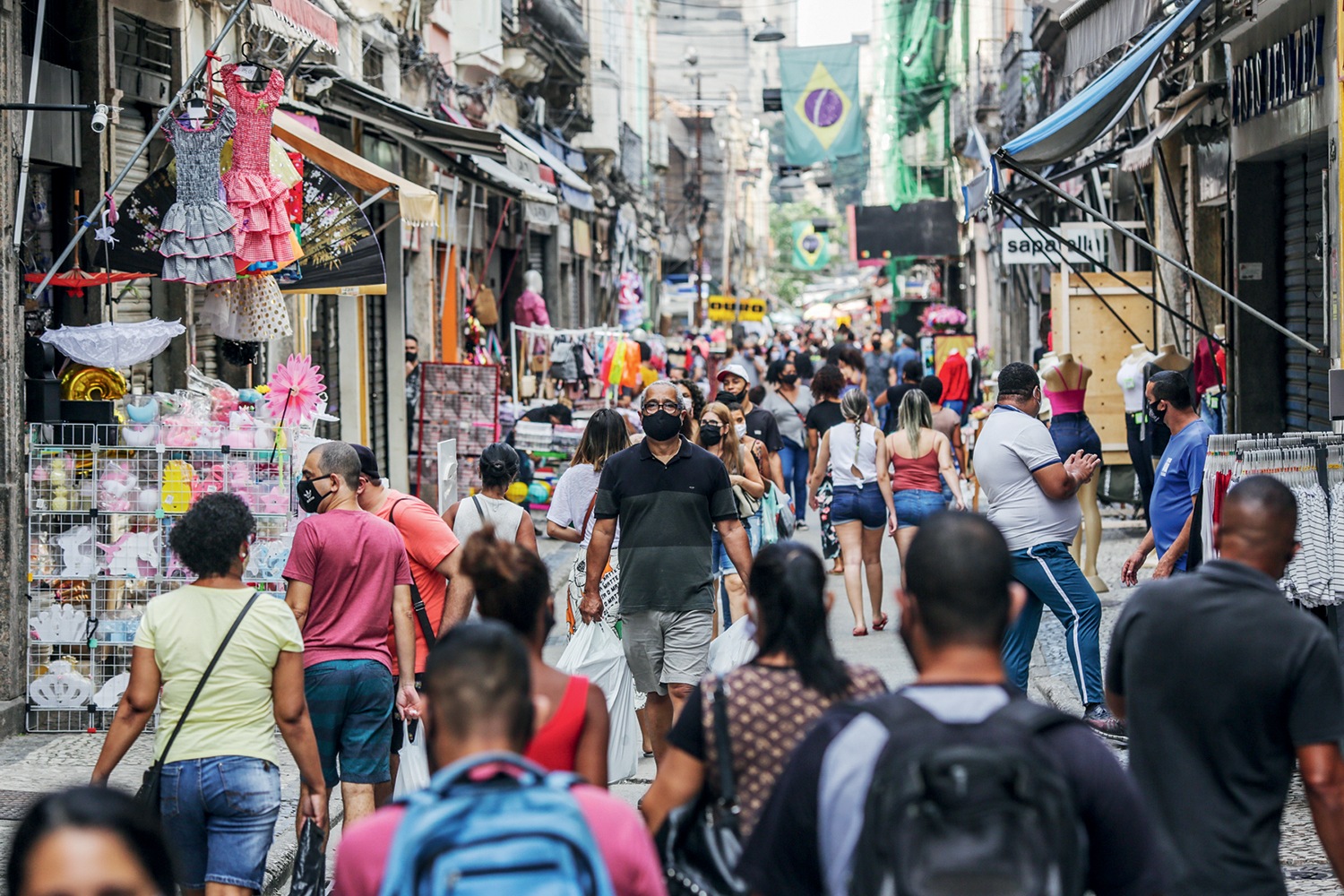RIO DE JANEIRO, BRAZIL – Tedros Ghebreyesus, the World Health Organization‘s Director-General, issued a stern warning to political leaders on Monday, given the ever-increasing numbers of Covid-19 and no sign of control. At a press conference in Geneva, he alerted that should the current situation persist, the pandemic will get “worse, worse, and worse”.

“Let’s be clear: many countries are going in the wrong direction,” said Tedros, who insists that the virus is still the world’s “number one enemy”. “But the actions of many governments and people do not reflect this,” he said. “There will be no returning to the old normal in the near future,” he warned.
Michael Ryan, the W.H.O. director of operations, also raised the alert. Addressing the current situation in the Americas and its reopening, he stressed that the crisis is “worrying”. But he made it clear: governments will have to “face the problem”. “The reopening of these countries has led to more intense transmission,” Ryan said. “Governments have to be clear in their messages to the population,” he said.
In his view, overcoming the current outbreak in the region “will take time and will require a commitment from governments as well as from individuals.” One of the challenges will be to rebuild trust among governments and their populations. “This is all far from over,” warned Maria van Kerkhove, the W.H.O.’s technical director. “Confusing messages are undermining the fundamental aspect of the answer: trust,” said Tedros.
The warning in unison among the three members of the W.H.O. leadership is no coincidence. The organization is alarmed by yet another record increase in the number of coronavirus cases in a 24-hour period, over 230,000 cases. The last global record was set on Friday, with over 228,000 new cases worldwide.
The number of deaths in Latin America totaled 144,758, beating the US and Canada and placing the region second only to Europe.
“If governments do not communicate efficiently, if there is no comprehensive strategy, and if the population does not respect control measures, there will only be one result: (the pandemic) will get worse, and worse and worse,” Tedros said. “There are no shortcuts,” he insisted.
However, the W.H.O. director-general stresses that this need not be the fate of the world. “All leaders and people can do their part to break transmission and end suffering,” he insisted.
Four groups of countries: Brazil and USA account for 50 percent of new cases
According to Tedros, of the 230,000 daily cases, almost 80 percent occurred in only ten countries and 50 percent in only two countries: the US and Brazil. “There is still much to worry about,” he said.
According to him, not all countries are being affected equally and today the world is divided into four situations:
Group 1 – countries that reacted quickly to the first cases and managed to avoid major outbreaks. For the W.H.O., these countries’ leaders acted and communicated efficiently with their populations, and implemented strategies to test and isolate. These governments succeeded in containing the virus.
Group 2 – The second group consists of countries that have had major outbreaks and have thus been able to control them through strong leadership. For the W.H.O., these countries show that it is possible to control large outbreaks as the reopening of society occurred cautiously.
Group 3 – The third group refers to countries that have overcome the first wave of cases. However, new peaks of the disease are being recorded with the reopening. For the W.H.O., this group is in a dangerous situation and are losing the benefits they achieved with quarantines.
Group 4 – The fourth situation concerns countries still experiencing high levels of transmission, mainly in the Americas, where 50 percent of the world’s cases and the epicenter of the pandemic are found.
“If we look at the Americas, a few countries have made some progress. But the reopening has led to a new transmission. And now they’re experiencing exponential contamination and no option to revert to quarantine because of their economic situation,” Ryan lamented.
Learning to live with the virus
Ryan reiterated last week’s warning that there’s no way to discuss eradicating the virus today. “We have to learn to live with the virus. To believe it will be eradicated is unrealistic. And to believe everyone will be vaccinated is unrealistic,” he added.
Ryan believes the time is also right to make personal choices that can change the course of the crisis: avoiding crowds and adopting hygiene measures. Otherwise, the disease will continue to spread.
The W.H.O. fears that without clear leadership and political determination, societies may drift “from quarantine to quarantine”, with a profound impact on their economies and lives.
However, Tedros insists that there is still a way to control the virus. But this will depend on measures to reduce mortality and transmission, a committed community, and leaders engaged with their populations. In his opinion, governments need to act based on “science, solution, and solidarity”.

Uncertainties
In addition to the difficulty in dealing with cases, Michael Ryan accepts that there are still major uncertainties about Covid-19. One is the possibility that a previously contaminated person could once again become infected. “There are studies that show that this could occur. But we don’t know yet,” he concedes.
Maria van Kerkhove points out that research shows that an already-infected person could develop some degree of immunity. However, the strength and length of this immunity is unknown. According to her, studies show that this protection would fade over the course of months.
Another uncertainty relates to children. The rates suggest that they represent only between one and three percent of cases. And in a few locations, this rate would reach five percent. “We have seen children die,” she said.
But new research mentioned by the W.H.O. alerts that children over ten years of age could be less protected and be infected to the same extent as young adults from 20 years of age. Even if they develop mild symptoms, the issue impacts the reopening of schools.
For his part, Ryan fears that the issue of schools will become a political game and insists that where there is intense transmission, determining where one is safe is difficult.
He believes that the best way to open schools is when there is a reduction in community transmission in a region. To this end, however, governments need a long-term and comprehensive strategy.
“This can’t be another political football. It’s not fair to our children. Reopening schools must be based on risks and data. And on what is the risk in a community,” he insisted.
“If we suppress the virus, schools can reopen safely. But we cannot turn this into yet another political dispute,” he added.
Source: UOL

